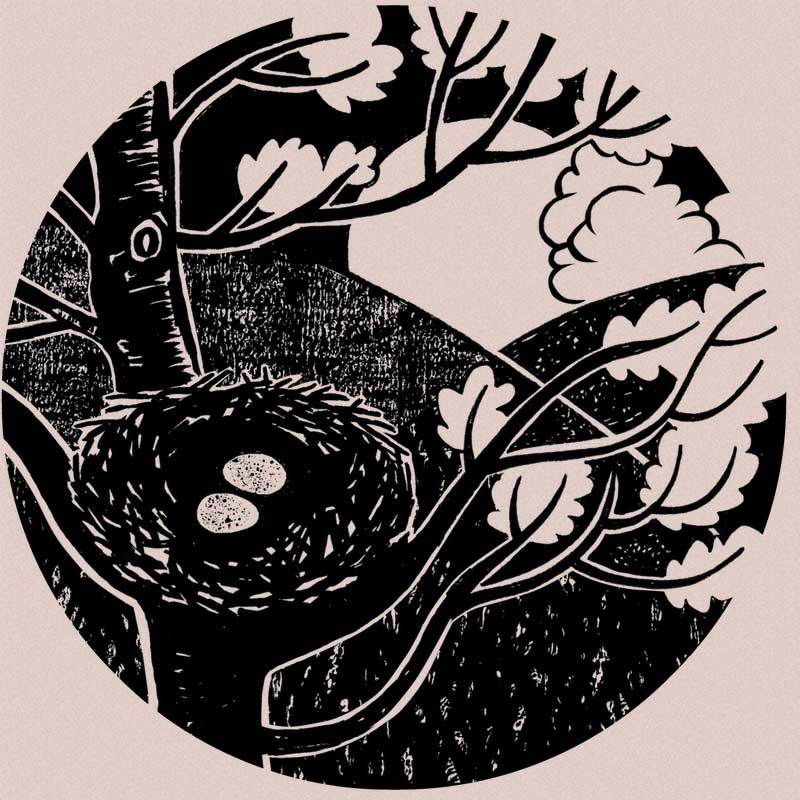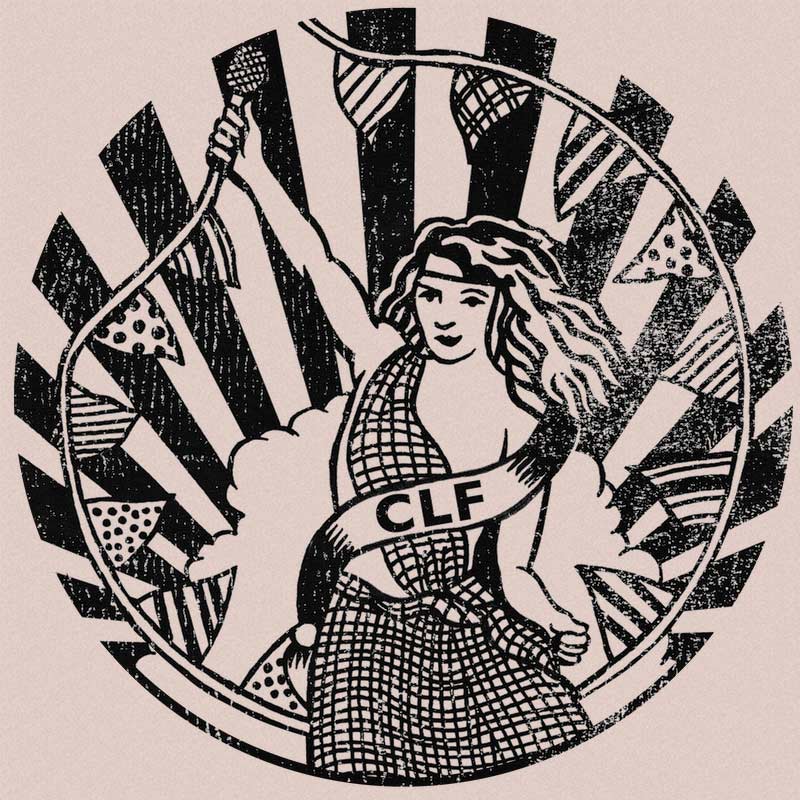30 March, 2023
The nightingale, a small bird renowned for its enchanting song, has captured the hearts and imaginations of countless people throughout history. Its melodious voice and nocturnal habits have made it an enduring symbol of love, beauty, and transcendence.
In this blog post we’ll explore the nightingale’s place in cultural history, and how different cultures around the world have ascribed their own symbolism to this captivating avian.
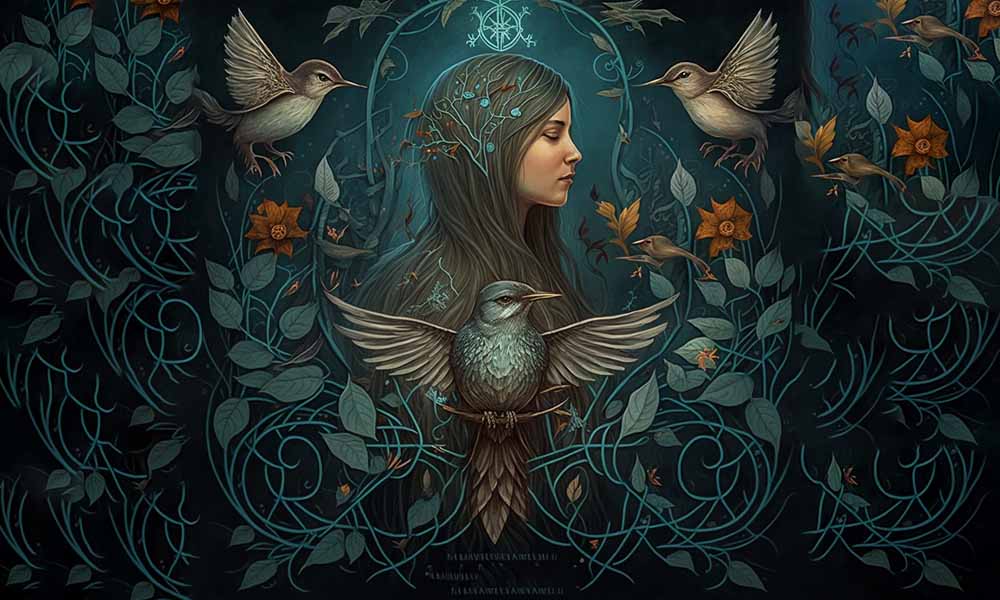
I. Ancient Greece and Rome
The nightingale’s association with Greek and Roman mythology is well-documented. In ancient Greece the bird was often linked to the tragic tale of Philomela, a princess who was transformed into a nightingale after a horrific act of violence. Through her metamorphosis, Philomela found her voice again, expressing her pain and sorrow through song. The nightingale thus became a symbol of transformation, resilience, and the power of art to heal and communicate.
In Roman culture the nightingale was associated with the goddess Venus, symbolising love, passion, and the renewal of life in springtime. The bird’s nocturnal song was thought to inspire lovers and to provide comfort during the hours of darkness.
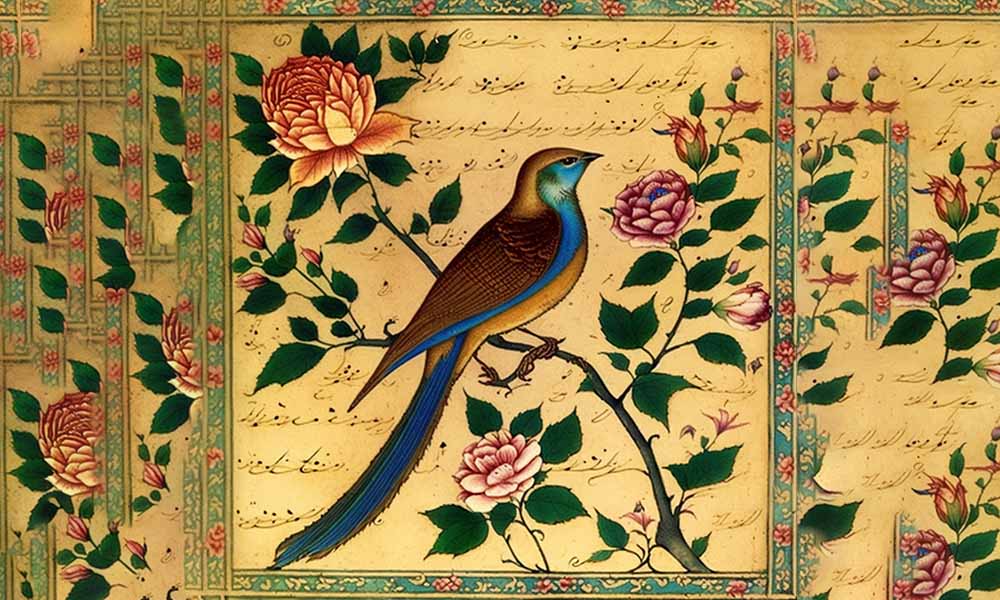
II. Persian Literature
In Persian literature the nightingale holds a prominent place, most notably in the poetic works of the great poet Hafez. In his poems, the nightingale frequently represents a spiritual seeker, yearning for union with the divine. The bird’s passionate song is often directed towards the rose, symbolising both earthly beauty and the divine beloved. This metaphorical relationship between the nightingale and the rose is a recurring theme in Persian poetry, highlighting the pursuit of spiritual enlightenment and love.
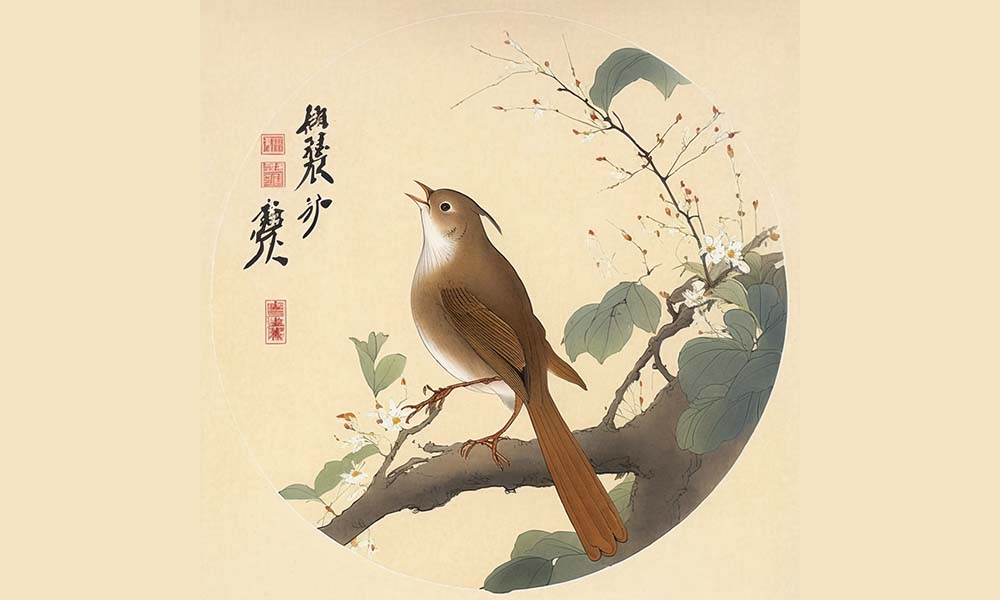
III. Chinese Folklore
In Chinese folklore the nightingale symbolises happiness, virtue, and the power of music. One famous tale tells of a nightingale that used its song to save a kingdom from destruction. In appreciation, the grateful people declared the nightingale their protector and a symbol of hope, demonstrating the bird’s ability to inspire and heal through its voice.
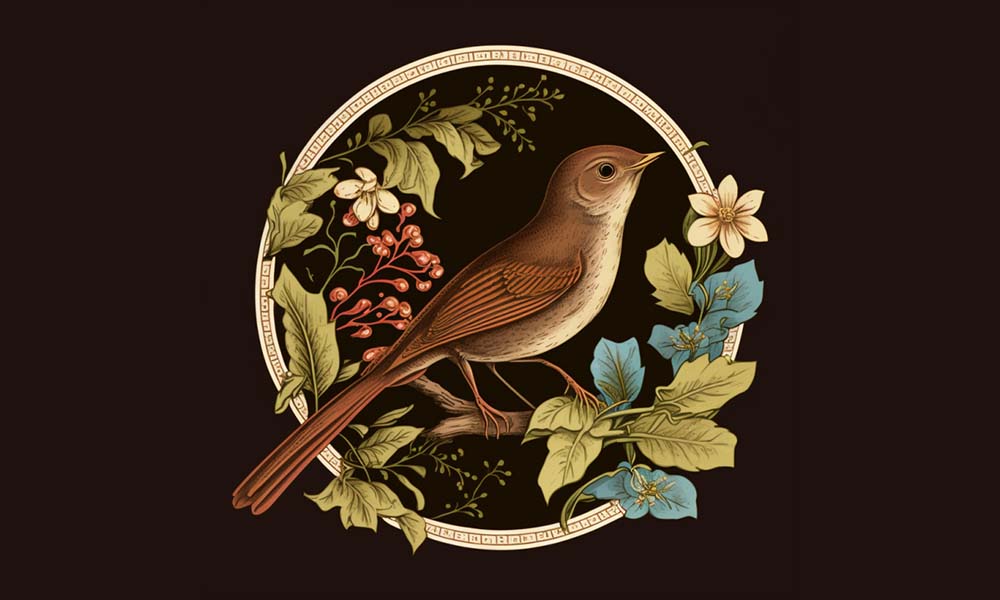
IV. European Literature
The nightingale’s allure has not gone unnoticed in European literature. From the Middle Ages to the Romantic era, the bird was often portrayed as a symbol of love, beauty, and poetic inspiration. In John Keats’ famous poem, “Ode to a Nightingale,” the bird’s enchanting song transports the poet to a world of transcendent beauty, providing a temporary escape from the suffering and impermanence of human life.
—
From ancient Greece to Chinese folklore, the nightingale has captured the imagination for thousands of years. Its enchanting song has made it a powerful symbol of love, beauty, and the power of art.
His song continues to resonate today, a testament to the enduring appeal of this bewitching brown bird.

